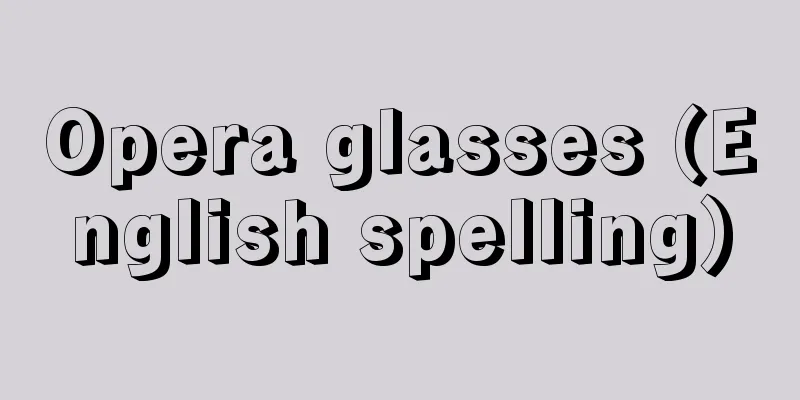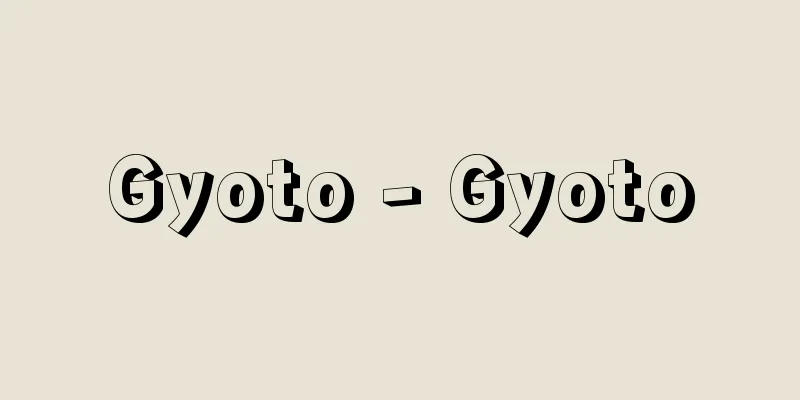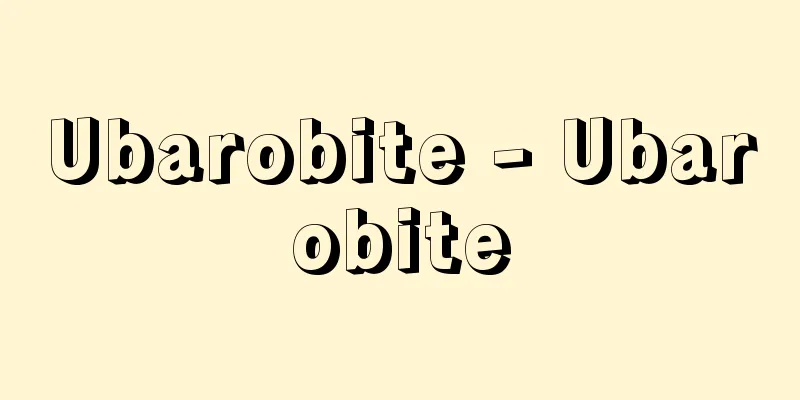Wooden nose

|
An architectural term. Refers to the part of a pillar that protrudes from the pillar, such as a crossbeam or a base. Used in Daibutsu-style and Zen-style architecture. Originally, it was just a simple molding attached to the top, but gradually the shapes became more complex, and in the early modern period, it became a three-dimensional sculpture of an elephant's trunk, a dragon's head, a lion, or flowers. Source: Encyclopaedia Britannica Concise Encyclopedia About Encyclopaedia Britannica Concise Encyclopedia Information |
|
建築用語。貫 (ぬき) や台輪などが柱から突き出している部分をいう。大仏様,禅宗様建築に用いる。初めは単純な繰形を先端につけただけであったが,次第に複雑な形となり,近世では象の鼻,竜頭,獅子やあるいは草花などの立体的彫刻となった。
出典 ブリタニカ国際大百科事典 小項目事典ブリタニカ国際大百科事典 小項目事典について 情報 |
<<: Yellow autumn grove - Yellow autumn grove
Recommend
Guy de Maupassant
French author. He wrote novels, plays, poetry, an...
Jovine - Francesco Jovine
Italian novelist. Born into a poor family in the ...
Photometer
...The term photometer is generally used, but thi...
Phoeniculus
...General term for birds of the family Phoenicul...
Diogenes Laertios
A Greek historian of philosophy from around the fi...
Ricimer, Flavius
[raw]? [Died] August 18, 472. A general of the Wes...
Diestrammena japonica (English spelling) Diestrammena japonica
…[Yamazaki Harane]. … *Some of the terminology th...
Huò láng ér (English spelling)
A folk tale that was popular during the Song and Y...
Matos Rodríguez, GH (English spelling)
...The most widely known tango song. It is said t...
Conté, NJ (English spelling) ConteNJ
…In 1793, Amaga invented the double free piston A...
Financial Neutrality in Education
...The purpose of this system is to realize a nat...
Prunellidae
…Any of the birds in the passerine order, family ...
Forest Railway - Shinrin Tetsudo
A railway for transporting logs from forests, a m...
Neptunus
…an ancient Roman god who protected stored grain....
Tales of Now and Then - Konjaku Monogatarishu
A collection of tales from the late Heian period....









